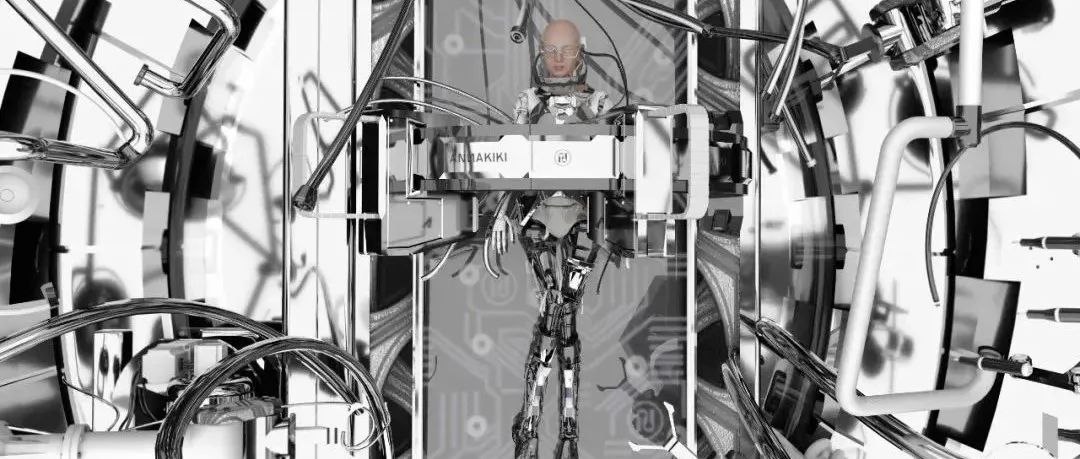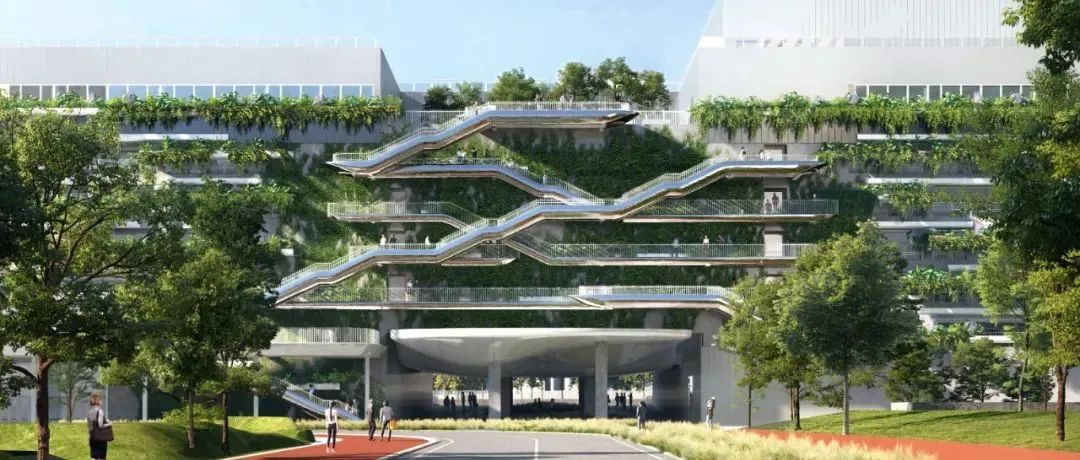By Chris Kelly, Senior Associate and Shuya Xu, Associate, Hassell
Cities have always been smart due to their relative complexity, sitting at the forefront of human endeavour through their very existence. And, they’re constantly organising and centralising many aspects of social, economic and cultural interaction.
Cities also serve as a technological test bed that explore new ideas and systems to help with their functioning and operations. As city populations grow and density increases, there’s an even greater need to understand how this system works and where improvements can be made.
It’s well known that cities consume significant resources, but what’s less known is that 5G and IoT have the potential to reduce global emissions by up to 15% by 2030 – and could prove to be critical in combatting climate change. (Source: How 5G & connectivity can help support climat action - Ericsson)
If we’re going to seriously respond to future climate challenges, technologies such as 5G and IoT will play a key part in our success.
Cities are made up of a number of infrastructure systems such as water, electricity, traffic, and all these systems are ‘smart’ elements within a city environment, enabling it to function. But, they’re also ‘fixed’ in their nature as physical assets and slow to adapt. So there’s an obvious question that arises: beyond these basic assets, what are the opportunities to enable our urban areas to function more efficiently and effectively and which dynamic and connected real-time digital systems can help to calibrate and re-calibrate their functions?
A city that can learn from itself
From what we can see now, the smart city of the future will centre on data and data collection, forming an almost real-time feedback loop. City governments across the globe are already actively exploring, testing and experimenting with these elements both within the technological as well as social boundaries permitted. The benefits and value of its inclusion need to be balanced from both a governmental and also individual benefit standpoint.
Source: Hassell – Landscape Architecture Frontiers (2020)
All of this is underpinned by 5G - the fifth generation of mobile network, enabling connectivity that is up to 100 times faster than 4G (Source: What is 5G? How will it transform our world? - Ericsson) and extremely low latency providing near instantaneous feedback and designed to connect people, objects and machines. (Source: What is 5G | Everything You Need to Know About 5G | 5G FAQ | Qualcomm)
For urban designers, the introduction of a 5G network in a project site area has the potential to unlock the next wave of smart city infrastructure by tapping into other technologies such as AI and real-time data analytics to fully understand the way we inhabit and move through cities.
Up until this point, there hasn’t been the communications infrastructure in place to connect various city functions such as traffic, lighting, waste, safety cameras, but also the millions of smart devices that each and every citizen has in their hand. But it’s precisely when all these various systems are interconnected that benefits start to unfold.
As Stan Caldwell, an executive director of Mobility21, a research centre focused on the role of future technology in transportation and mobility, said in an interview with Wired, “We want the technologies to develop, because we want to improve safety and efficiency and sustainability. But selfishly, we also want this technology to develop here and improve our economy.”
A competitive advantage
China is leading the race to develop and integrate these tools into its cities, for instance with the annual international AI City Challenge Workshop which started in 2018 and has spurred the development of artificial intelligence to solve specific city issues, such as vehicle tracking and traffic monitoring. In the first years of the competition, US companies and universities were the clear winners, but the pendulum has now swung over to China these past few years and the country has won three out of four competitions. (Source: A Global Smart-City Competition Highlights China’s Rise in AI | WIRED)
Source: 15 Smartest cities around the world – Roland Berger
A recent article by Wired explores how AI is being used to tackle real world scenarios, such as spotting accidents to understanding detailed movements through a city.
The article goes on to state that these results recognise the years of continued investment of China’s government into smart cities, realised through numerous pilot programs.
Planning for future smart zones Chengdu 5G high-tech innovation district
Positioned as the first 5G smart city pilot in China, the Chengdu Xinchuan Innovation and Technology Park launched an international urban design proposal solicitation for its 62-hectare core area in 2020. Our team at Hassell, teamed up with our collaborators at UPDIS explored the opportunity of designing a connected 5G city, ensuring its spatial strategy and technological integration are consistently and seamlessly delivered.
Chengdu is a city with a distinct and diverse identity, which maintains its tradition while welcoming new trends. The aesthetic of urban life in Chengdu is hidden among the active streets and traditional alleys, capturing an energy and vitality that belongs to the people’s daily life. Our design team believed there is a key opportunity to deliver the benefits of a 5G smart city while integrating Chengdu's social life to support the needs of the people in a seamless and natural way.
Chengdu's social life in the future 5G community
5G technology can empower the urban management to be more refined and personalised, while the future innovation community should be able to accommodate all kinds of businesses in different fields and at different stages of growth, providing flexible and diverse choices for enterprises and residents alike.
We merged buildings and podiums into high density environment that spans 24 metres vertically, while still maintaining open spaces, addressing one of the key challenges of the project.
Our design proposes a highly mixed ground environment of buildings and various public spaces attached to inner block streets and alleys, meeting the different needs of work and life - office and exhibition spaces, research and development facilities places for leisure and entertainment.
A shared ground environment with varied public spaces connected by inner-block streets and alleys
An innovative community with an embedded traditional Chengdu Alley characteristics
In addition to having traditional features such as an urban road network and municipal infrastructure, the construction of the new smart city will adopt new technologies and the new intelligent service system will empower all aspects of urban life. Intelligent transport, intelligent logistics, waste management, underground space operation management, ecological sponge and joint digital data management are just some of the elements our design integrates. This collection of systems is managed by IoT and multi-service channel spaces through urban design and establishes a new infrastructure framework that combines a fixed urban space framework and dynamic data operation and management systems.
Intelligent systems combine water-energy-street-waste-data infrastructure
Layered city networks are connected through real-time data and analysis
Cities can’t be smart without people
At Hassell, our purpose is to design the world’s best places – places people love. Cities are complex ecosystems that rely on the coming together of multiple layers to deliver extraordinary outcomes.
With 68% of the world’s population projected to live in urban areas by 2050 according to UN Data, the complexity and impact of cities will continue to increase and so too must our understanding of them.
Technologies such as 5G will allow us to dive deeper into how our cities function and how people use them, ensuring they evolve in ways that we haven’t seen yet. By connecting to and integrating with existing systems and networks such as mobile devices, the amount of data to learn from will be immense.
All of this ultimately enables designers to help evolve cities into places that are responsive to the ways people inhabit them making them more liveable, efficient and resilient to the many challenges that lay ahead.
Read more Hassell insights.
本文来自微信公众号“Hassell”(ID:Hassell_studio)。大作社经授权转载,该文观点仅代表作者本人,大作社平台仅提供信息存储空间服务。












